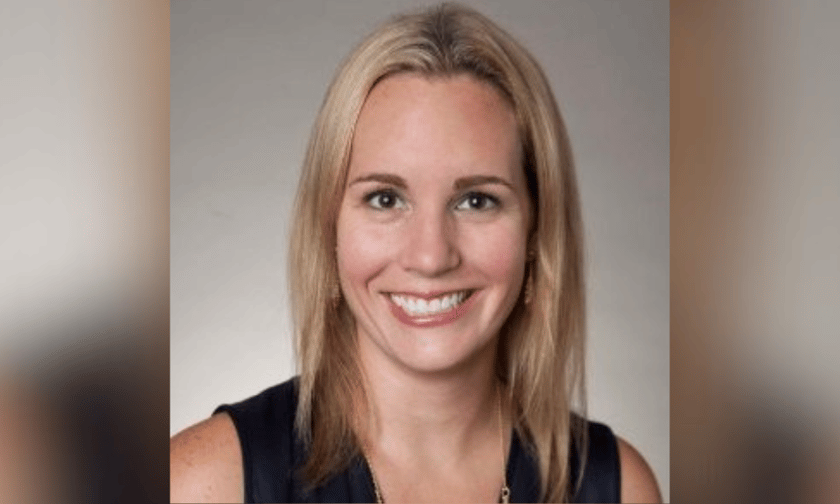

In recent years, high-net-worth (HNW) individuals seeking insurance protection against wildfire risks have hit a snag: a shrinking pool of insurers willing to cover such high stakes. This scarcity has not only ramped up premiums but also left many scrambling for alternatives to safeguard their assets.
Aiming to fill this ever-growing market gap, HUB’s private client division recently launched its HNW excess wildfire program, a new solution that EVP and division head Katherine Frattarola (pictured above) says will offer a rare avenue to meet both carriers’ and affluent clients’ demands.
In conversation with Insurance Business, Frattarola noted how the marketplace has significantly shrunk due to the constriction of capacity, a situation that has given birth to innovative solutions.
“One of the distinctive qualities of our value proposition at HUB Private Client is to provide a consultative and advisory approach to solutioning,” she said.
Available in California, and planned for expansion in other high-risk states, the brokerage’s program was the result of over a year’s worth of work and is available to risk advisors under the Private Client division. It provides coverage on a non-admitted basis.
“Essentially, this is meant to operate as excess,” Frattarola explained. “So, sitting on top of short limit that is provided by another high-net-worth carrier. Ultimately, at the end of the day, they’re the ones that are dealing with the claims. They would provide the first layer, and then we would sit on top of that up to risks that are $30 million for either a primary or secondary problem.”
Frattarola touts this new program as “something new” in the marketplace. HUB brought this framework to the retail side of the business to solve evolving client problems.
“From a carrier perspective, this is a welcome addition, in that we’re helping them diversify their risk exposure,” she said. “Rather than having to take on a $30 million risk, we’re giving them the opportunity – ‘listen, let’s let me, instead, take on half of it.’ That way, they’re able to use that capacity and allocate it across other risks. It allows them to diversify their risk profile by limiting the amount that they would take on for any one risk. It’s a win-win for both our clients’ perspective.”
The tightening capacity, heavily compounded by a mass exodus of carriers looking to cut their losses, has led to a question posed by Frattarola for HNW clients: “are you going to even be able to get a solution to begin with?”
“From the client’s perspective, they’re sort of staring into an abyss where there haven’t historically been solutions, and now we’re able to come to the table with this new program. Working with the carriers, they might not have the appetite for $30 million in a wildfire prone area – but if for something like $15 million, that could be a different story for them,” she said.
Over the last few years, not only in California but across the US, there has been extensive damage caused by wildfires. Recently in Texas, the Smokehouse Creek fire devastated some of the largest ranches in the country.
Climate change is increasingly a concern for homeowners; wildfires often result in total losses for those in their path. Frattarola explained that even for those not directly in the line of fire, smoke damage is a common occurrence, and, in both scenarios, the costs can be substantial.
“If you’re underinsured, or you decide to self-insure (which is only available to a select group of homeowners), if you were to experience a total loss, or even have prevalent smoke damage, it’s very, very costly to get back on your feet,” she said.
Part two of Katherine Frattarola’s conversation with Insurance Business will be published in the coming weeks. Stay tuned.
What are your thoughts on this story? Please feel free to share your comments below.
